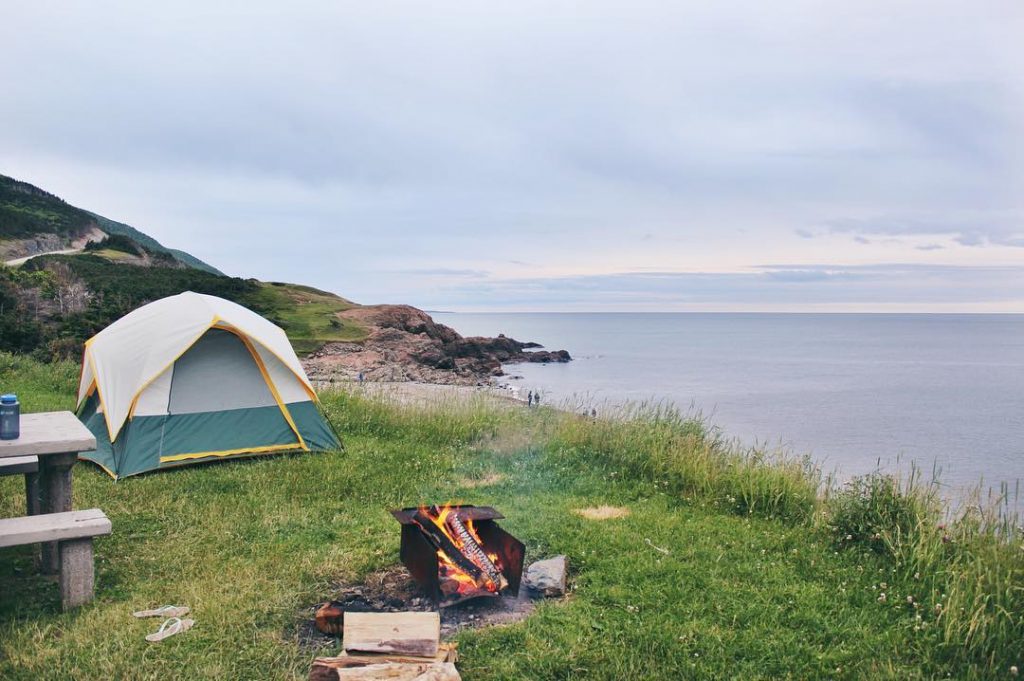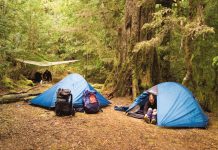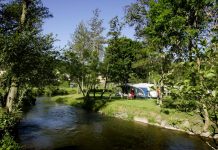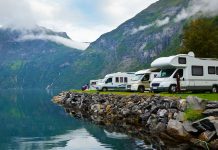Gone are the days when a traveler looked for ease of stay while traveling. Cozy hotel rooms, luxurious spas, hot showers; these now form part of a cliché travel itinerary. Travellers now prefer playing it risky by going natural.
Stargazing on a starry night, riverside camping, bonfire evenings, these are the main outdoor activities that the young generation these days look forward to when travelling. But as natural as it may sound, getting the best out of such opportunities isn’t an easy-breezy task.
Lots of planning goes into arrangements of camping tours. Moreover, in comparison to the conventional sightseeing tours, from zeroing on to a perfect location with basic amenities, to getting all the camping gears settled perfectly, there are loads of tasks which needs to be taken care of.
Daunted already by that description? Don’t be, because all that time and effort pays off later! Make sure you take care of the following points are you are good to go!

1. Do a location research:
This is the most crucial point from the perspective of safety and enjoyment. If choosing a new location, gather as much information as possible from accountable sources.
Availability of clean water, plain land for tents, wild animals’ habitats, nearby hospital’s distance and all the routes to get there, people living nearby etc., these are the most inevitable aspects of camping in a new place. So make sure to have all the required information before you select your final location.
2. Gear is most important:
A proper camping gear is the most paramount necessity. If camper-van is going to be your shelter for the trip, there isn’t much to worry about. But when going for a hardcore tent-house camping, there is a long list of things you need to carry along.
Tents, blanket, sleeping bags, meds, firewood, bedding, cooking utensils, apt clothing and footwear (rain gear, boots, toilet paper, flip-flops etc.) and most importantly, a well-equipped first aid kit.
3. Know the risks:
There are various types of risk factors differing from place to place. Fire safety protocols, natives living, animals, etc., these are the things that one needs to know INVARIABLY. For the same, get a reliable local or who’s been there before, to get a first-hand information about the above points. After all, you surely wouldn’t want adventures like a tiger howling outside your tent while you are shuddering with fright inside!
4. Available food options:
Depending upon the food temperament of the group members, it’s advisable to check out all the available food options in the camping location. Most of these locations don’t have fancy eateries. Keeping that in mind, make suitable arrangements. Carry-along food parcels, or self-cooking is what most people on camping trips prefer doing.
4. Other miscellaneous essentials:
Sunscreens, extra sheets and tents, firewood, tools (sawyers, pocket knife etc.) to ward off dangerous animals in forested locations, water gallons, maps, cell phone chargers, umbrella, lantern poles, ropes, plastic bags and many other items of daily use can be easily forgotten, but are equally important. Best is to prepare a physical/notepad list of all the things and pack according to your needs.
5. Minimise the trash:
Take note of waste discard options available. This point is missed by many after the trip’s done. During the trip or even you are preparing to leave, don’t forget to check the whole area and dump the wastes in garbage bins only.
As the place is new, carelessness may lead to serious mishaps. Therefore, for a hassle-free camping experience down the lakeside or below the snow-capped mountains, always crosscheck every detail. After all, prevention has always been better than cure.
Image Credit:Â backroadmapbooks.com









